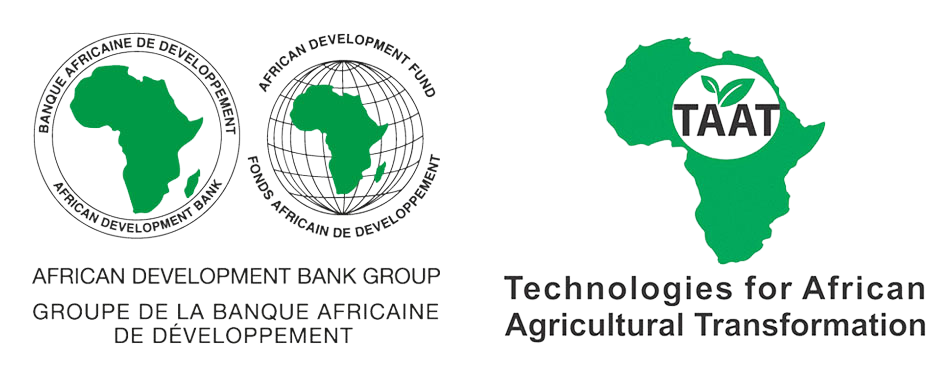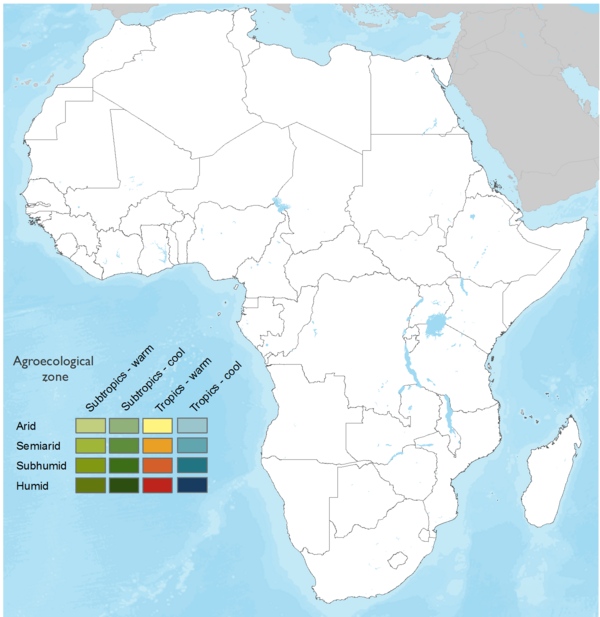

Making Cassava Seed Systems Work Better
ME-CASS supports national seed agencies, ministries of agriculture, and public research institutions in tracking cassava seed systems. It monitors the release, certification, and distribution of improved cassava varieties, helping ensure that farmers receive high-quality, approved seeds.
The tool also supports policy planning by providing real-time data on seed flows, variety adoption, and the performance of seed producers. This helps improve accountability, enforce regulations, and guide investments to strengthen national seed systems.
This technology is pre-validated.
Adults 18 and over: Positive low
System designed to help monitor and manage the activities of adults 18 and over
The poor: Positive low
System designed to help monitor and manage the activities of the poor
Under 18: Positive low
System designed to help monitor and manage the activities of people under 18
Women: Positive low
System designed to help monitor and manage the activities of women
To successfully integrate ME-CASS into a national seed system project, governments need a practical, well-structured approach. ME-CASS is not just a software—it’s a management tool that requires coordination, data discipline, and stakeholder engagement. Below are the core elements a government-led project must include to adopt and implement the technology effectively.
Below are practical recommendations to guide project design:
Start with a functional data system:
Choose a reliable platform to host the ME-CASS database. If national systems already exist, integrate ME-CASS with them rather than starting from scratch.
Invest in a skilled monitoring team:
Build a core team with basic digital skills and a clear mandate. Use existing staff from seed certification agencies or agricultural departments to reduce costs.
Define clear indicators from the start:
Agree early on what the system should track—volumes, variety names, producers, and adoption zones—and set realistic targets for each.
Make stakeholder engagement routine:
Include all key seed actors (breeders, regulators, producers, and extension services) in project meetings and ensure they contribute data regularly.
Pilot before national rollout:
Test the system in 1–2 regions for a full season. Use the pilot to adjust tools, build user confidence, and document lessons for national scaling.
Budget for basic equipment and connectivity:
Provide laptops or tablets and ensure internet access where needed. Offline data collection options should be considered in remote areas.
Link to government planning cycles:
Align ME-CASS reporting with existing monitoring systems to ensure sustainability and avoid duplication.
Plan for future integration:
Design the project with flexibility to extend the monitoring system to other vegetatively propagated crops like yam, sweetpotato, or banana.
Open source / open access
Scaling Readiness describes how complete a technology’s development is and its ability to be scaled. It produces a score that measures a technology’s readiness along two axes: the level of maturity of the idea itself, and the level to which the technology has been used so far.
Each axis goes from 0 to 9 where 9 is the “ready-to-scale” status. For each technology profile in the e-catalogs we have documented the scaling readiness status from evidence given by the technology providers. The e-catalogs only showcase technologies for which the scaling readiness score is at least 8 for maturity of the idea and 7 for the level of use.
The graph below represents visually the scaling readiness status for this technology, you can see the label of each level by hovering your mouse cursor on the number.
Read more about scaling readiness ›
Semi-controlled environment: prototype
By the whole project team + project partners
| Maturity of the idea | Level of use | |||||||||
| 9 | ||||||||||
| 8 | ||||||||||
| 7 | ||||||||||
| 6 | ||||||||||
| 5 | ||||||||||
| 4 | ||||||||||
| 3 | ||||||||||
| 2 | ||||||||||
| 1 | ||||||||||
| 1 | 2 | 3 | 4 | 5 | 6 | 7 | 8 | 9 | ||
| Country | Testing ongoing | Tested | Adopted |
|---|---|---|---|
| Nigeria | –No ongoing testing | Tested | Adopted |
| Tanzania | –No ongoing testing | Tested | Adopted |
This technology can be used in the colored agro-ecological zones. Any zones shown in white are not suitable for this technology.

| AEZ | Subtropic - warm | Subtropic - cool | Tropic - warm | Tropic - cool |
|---|---|---|---|---|
| Arid | – | – | – | – |
| Semiarid | – | – | – | – |
| Subhumid | – | – | – | – |
| Humid | – | – | – | – |
Source: HarvestChoice/IFPRI 2009
The United Nations Sustainable Development Goals that are applicable to this technology.

By improving seed system efficiency and traceability, ME-CASS supports smallholder farmers' access to high-quality cassava varieties, helping increase productivity and income.

Ensures reliable delivery of improved cassava varieties that enhance food security and reduce seasonal food gaps.

Indirect contribution through support to nutrient-rich cassava varieties and reduction of unsafe planting materials.
Last updated on 30 June 2025